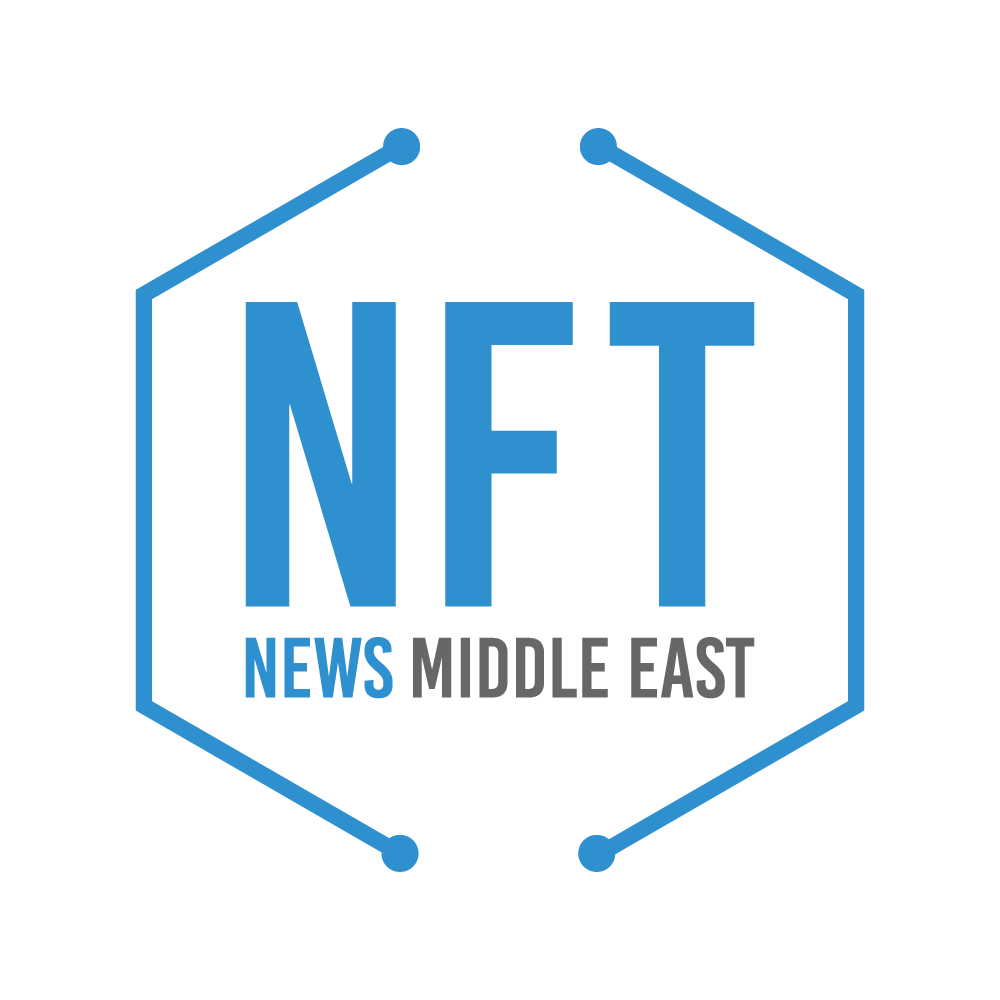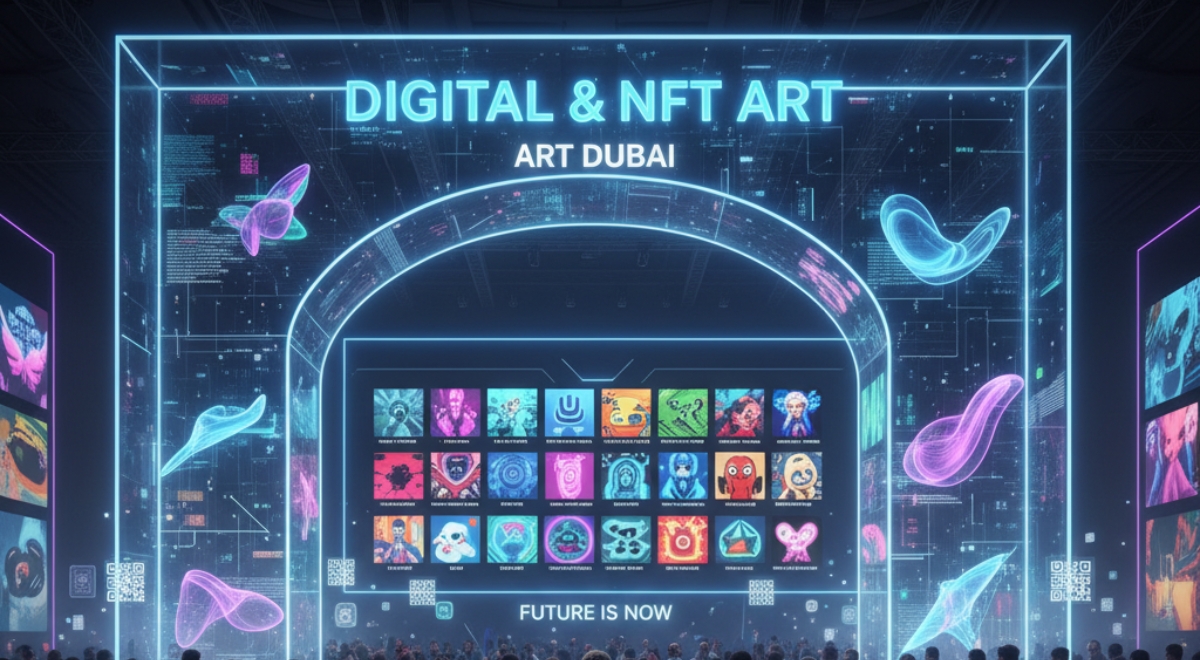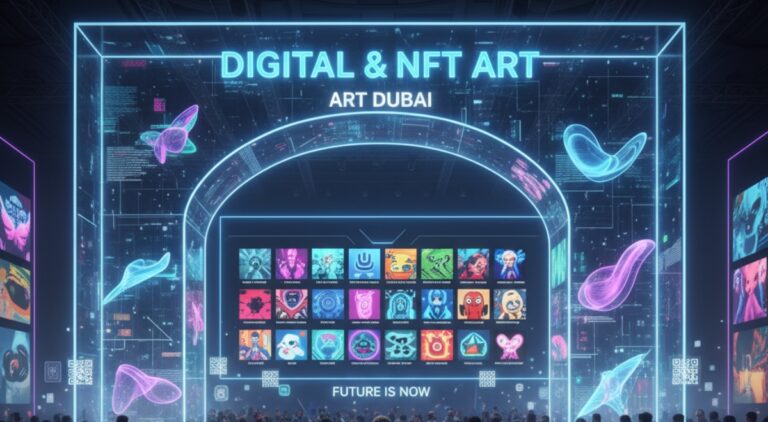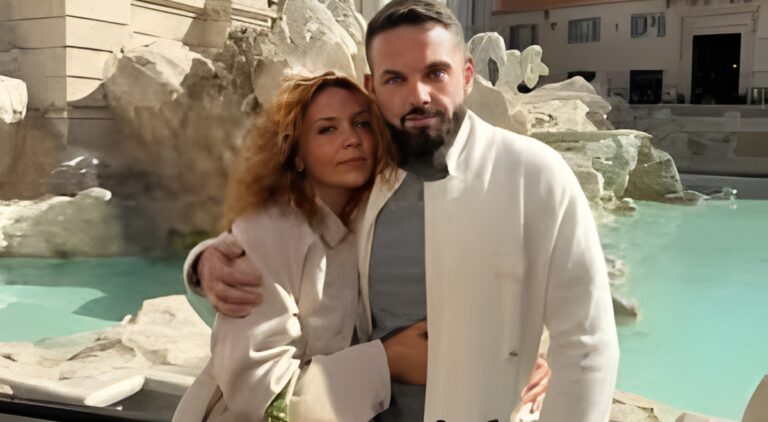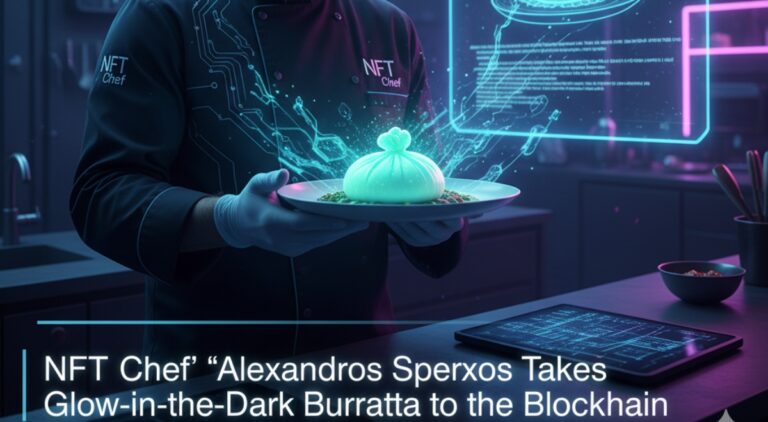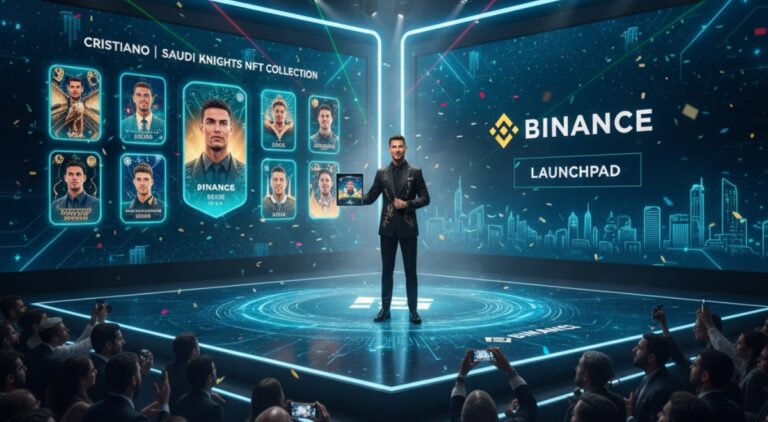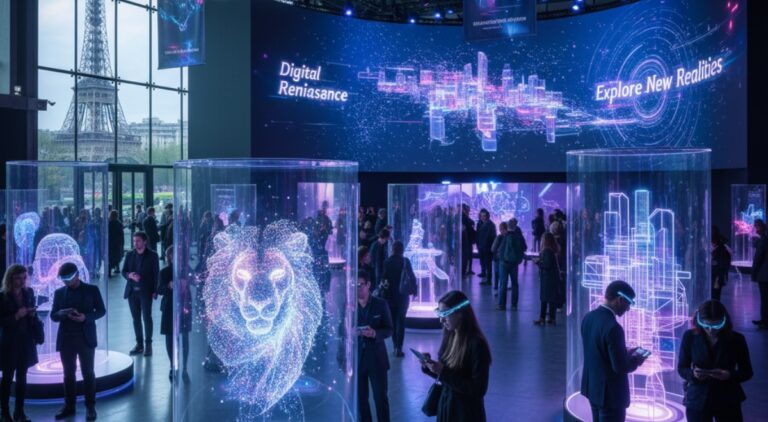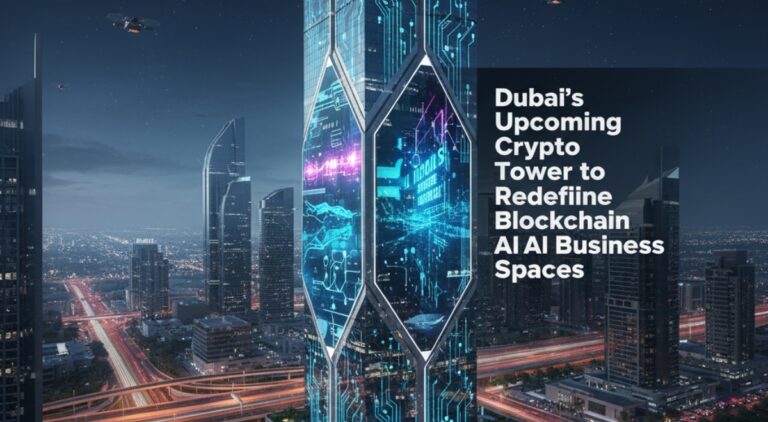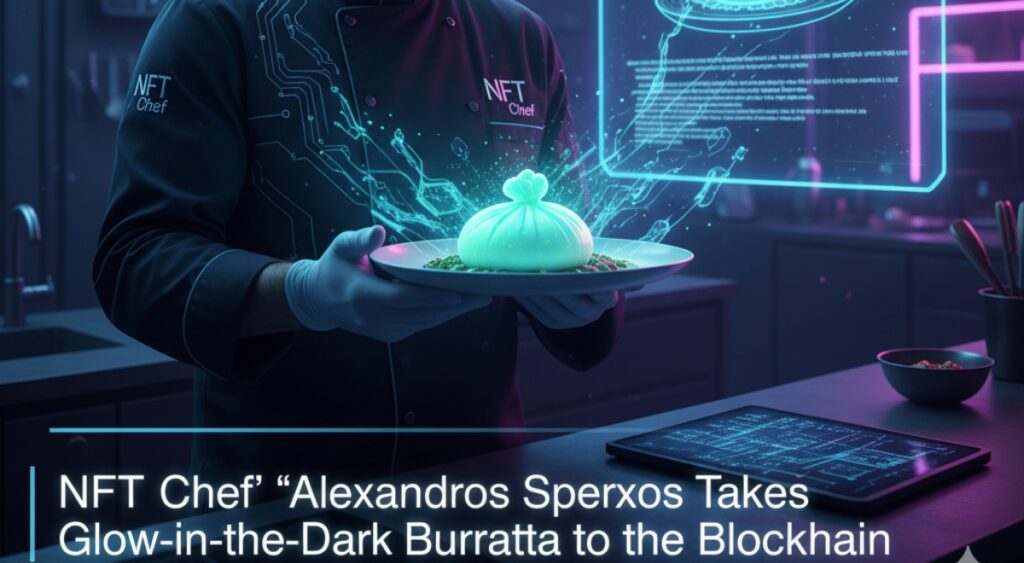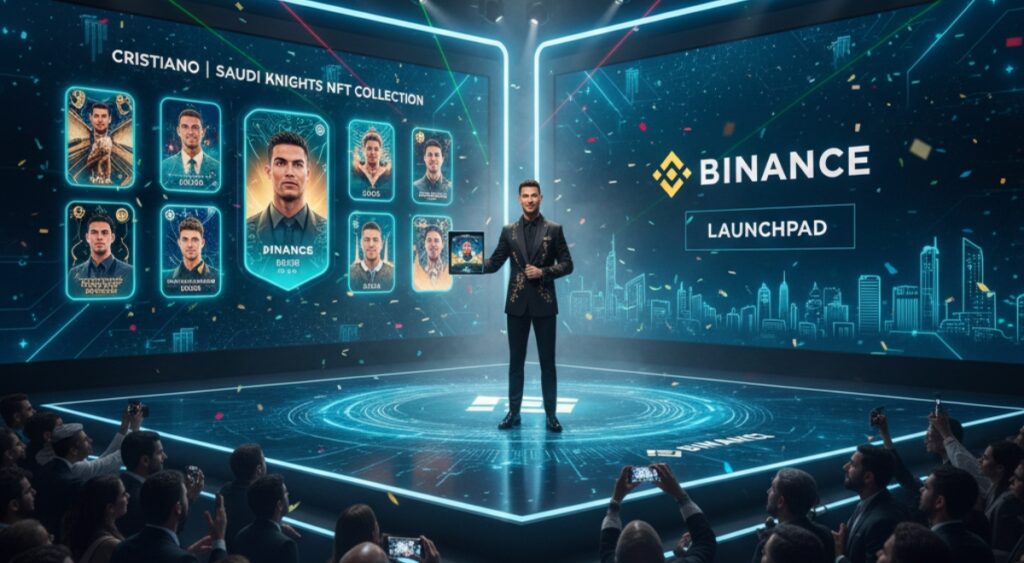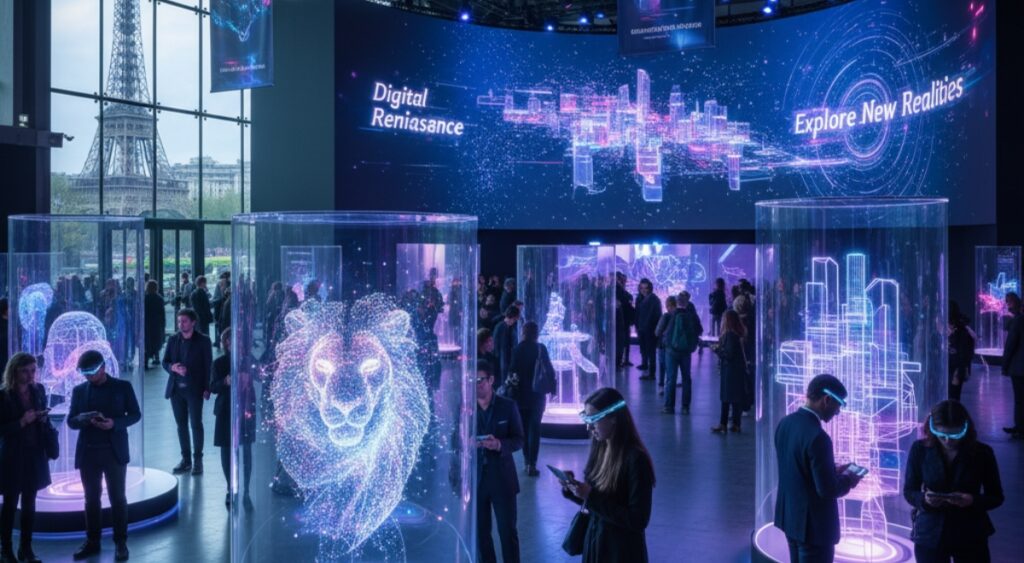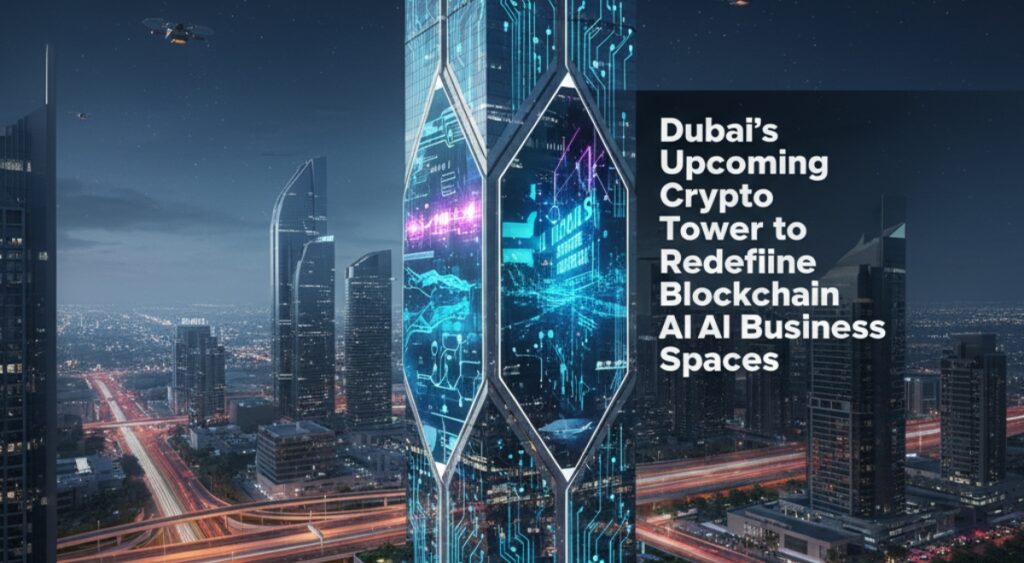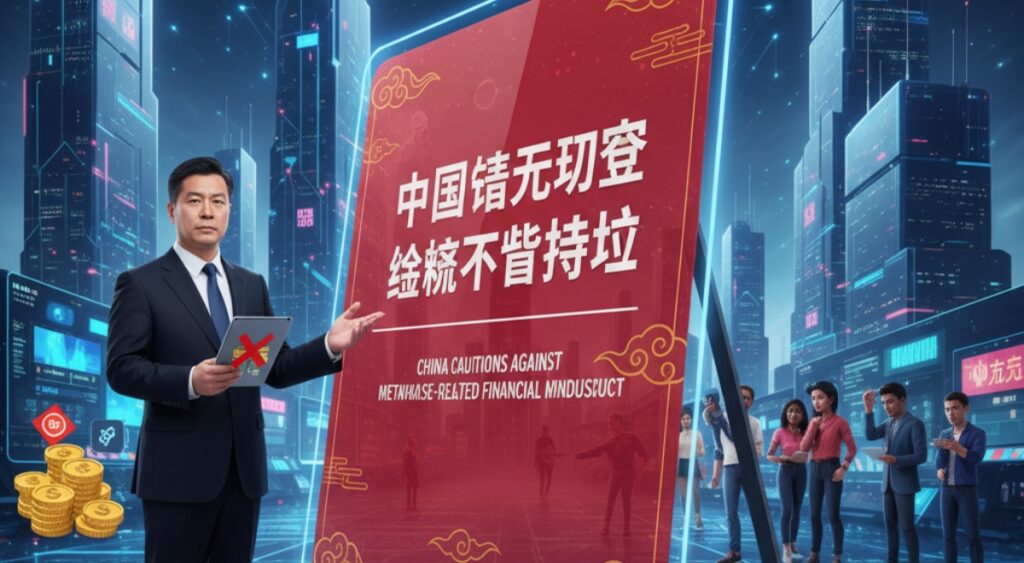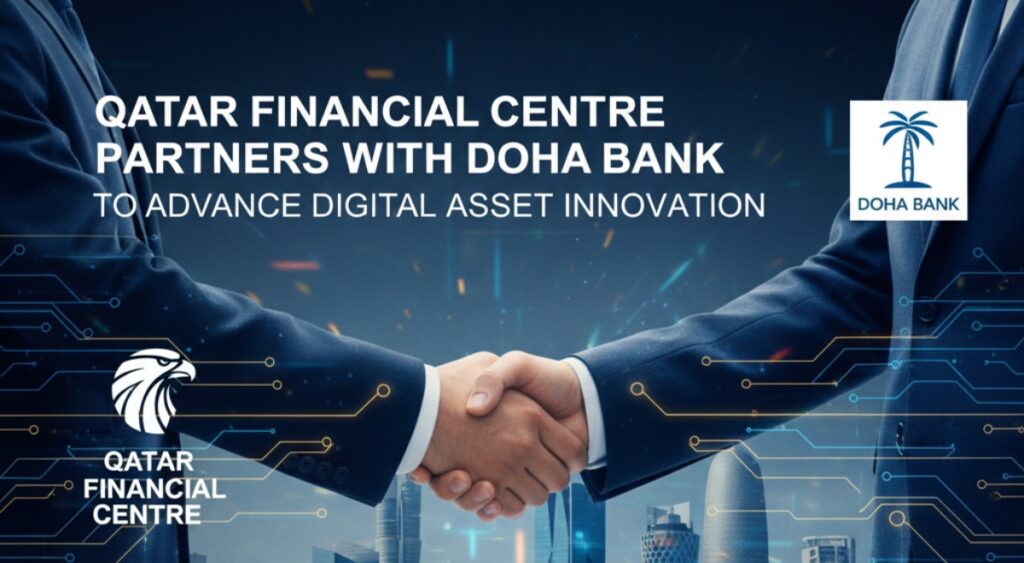Dubai, United Arab Emirates – Art Dubai returned with its first full-scale edition since the start of the pandemic, marking its 15th year with a bold exploration into the future of creativity. This edition introduced a brand-new section dedicated to digital and NFT (non-fungible token) art, highlighting the growing importance of these mediums in today’s global art landscape.
From March 10–13 at Madinat Jumeirah, Art Dubai Digital brought together 18 galleries, many of which were founded only in recent years. The introduction of this section reflects a major shift within the art world, where digital tools and blockchain-based artworks are quickly gaining ground.
Art Dubai’s artistic director, Pablo del Val, explained that the fair aims to bridge the digital and physical worlds. He noted that Dubai’s emergence as a global crypto hub made it the ideal place to showcase forward-thinking digital art practices. According to him, NFTs represent an expansive new universe that many people do not yet understand, and this edition helps open doors to that world.
Blending Reality and Imagination: ‘Beyond the Canvas’
One of the standout features was the solo exhibition “Cosmodreams” by artist Marina Fedorova. Her work merges traditional art with advanced technologies such as virtual reality (VR) and augmented reality (AR). Visitors could use smartphones to view animated AR elements within her paintings and sculptures, transforming them into immersive, interactive experiences.
Fedorova explained that as life increasingly shifts into digital spaces, artists also need to adapt. Although she once resisted technological tools, the pandemic changed her perspective. She now sees digital features as an extension of the artist’s palette, offering new ways to engage audiences and tell stories.
Interactive components such as touch screens, QR codes and VR headsets encouraged visitors to become active participants rather than passive viewers.
Demystifying NFTs for Artists and Collectors
The digital section presented NFT artworks in a way that made the technology more accessible. Artists and collectors were introduced to concepts such as cryptocurrency, minting and blockchain through various talks and presentations.
A major highlight was an eight-week NFT workshop organized under Campus Art Dubai, in partnership with the marketplace Materia. NFT artworks created by UAE-based artists were exhibited at the fair.
Materia’s co-founder Patricia Ezpeleta emphasized that blockchain makes it easier to authenticate, track and exchange digital artworks. Registering art on the blockchain provides artists with long-term benefits, including royalties on secondary sales. It also protects creators from theft, since ownership and originality can be publicly verified.
Curated Digital Experiences and Metaverse Exhibitions
Morrow Collective, a UAE-based NFT curation group, showcased how NFTs can be presented in more engaging and meaningful ways. Their booth featured displays of animated, vibrant digital artworks ranging from detailed portraits to experimental pop-art styles. Tablets lined the walls, offering an elevated virtual gallery experience.
Co-founder Jen Stelco explained that early NFT spaces lacked proper curation, making it difficult to distinguish high-quality work. Morrow Collective now builds curated exhibitions in metaverse gallery spaces, offering a digital experience that mirrors traditional art displays while embracing innovation.
Pushing Artistic Boundaries
For artists accustomed to physical mediums, the NFT world presents new challenges and opportunities. Digital artist Lawrence Lek, who has spent a decade working with film, music and game design, showcased his project “Nepenthe Valley” through virtual gallery Horizons in collaboration with NFT platforms.
His exhibition combined 3D-printed models of imagined ruins with NFT-based digital landscapes. These environments feature neon-lit architecture, shifting weather, and calming soundscapes inspired by science fiction and restorative meditation.
Lek described the project as a blend of future visions and ancient remnants, designed to create reflective spaces similar to climbing a mountain for peace and contemplation.
A Growing Presence in the Art World
Although NFTs have existed since 2015, they entered mainstream conversations only recently. Many people are still unfamiliar with their purpose or value, but fairs like Art Dubai are accelerating their acceptance. By giving digital and NFT artists a prominent platform, the event signals a new chapter in the evolution of contemporary art.
As technology continues to shape creative expression, the intersection of art, blockchain, and immersive digital tools is becoming impossible to ignore. Art Dubai’s commitment to showcasing these innovations reflects a fast-changing global art scene—one that is increasingly open to experimentation, interactivity and new definitions of artistic ownership.
